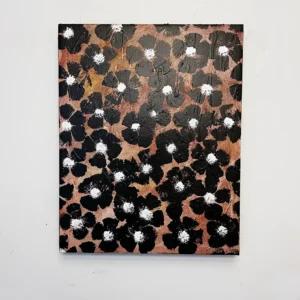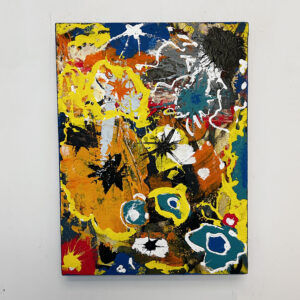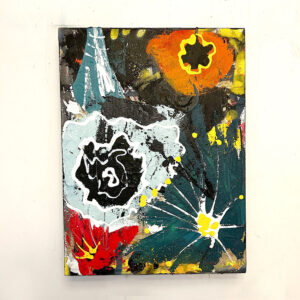Interpreting abstract art can be a daunting task, especially if you are new to the world of visual arts. Abstract art is often seen as complex and difficult to understand. But there is great joy in learning how to interpret abstract art, and it doesn’t have to take an expert or art historian to make sense of these creative pieces. This guide will help you explore the wonderful world of abstract art from Pittsburgh, Pennsylvania – a city known for its rich artistic history.
First off, it’s important to remember that abstract paintings don’t have one single definitive meaning or interpretation. Rather than looking for specific symbols or details within the painting itself, try looking at it with an open mind and observe what feelings or emotions come up. Don’t be afraid to explore your own personal reaction to the painting without overanalyzing it or trying to fit it into a specific category.
It can also help to take a step back and look at the painting as a whole – think about how all the elements of the painting interact with each other, and consider how they work together in creating an overall effect. Look for patterns, shapes, lines and colors that might evoke certain feelings or emotions. Pay attention to how they relate to one another and if they symbolize something within the painting’s context.
Another great way to interpret abstract art is by studying its background story – finding out when it was created, what inspired the artist behind it, and what messages he/she tried to express through it. Doing this can give you deeper insight into the painting and help you better understand its core ideas.
Understanding abstract art is a lifelong journey – every piece of artwork tells its own story, so approach each one with an open mind and be willing to explore new perspectives. With practice, you’ll soon become an expert in interpreting these mysterious works of art from Pittsburgh!


